Search Results for: mutations
Skip to resultsCan’t find what you’re looking for? Visit our FAQ page.
2,456 results for: mutations
-
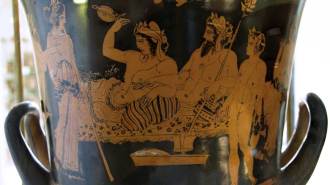 Science & Society
Science & SocietyOur relationship with alcohol is fraught. Ancient customs might inspire a reset
As evidence of alcohol's harms mounts, some people are testing out sobriety. Look to ancient civilizations' ways for a reset, scholars suggest.
By Sujata Gupta -
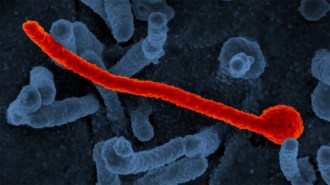 Health & Medicine
Health & MedicineA new antiviral blocks 6 deadly viruses in mice but faces a long road ahead
Scientists report that targeting sugars on virus surfaces stopped multiple infections, though the approach needs much refinement before human trials.
By Payal Dhar -
 Health & Medicine
Health & MedicineAutism rates rose again. Experts explain why
Autism rates are higher than ever before, probably because of more expansive and sensitive diagnoses. Those numbers highlight the need for more support for people with autism.
By Tina Hesman Saey and Laura Sanders -
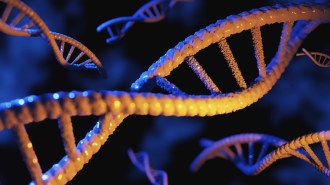 Genetics
GeneticsAI generated its first working genome: a tiny bacteria killer
Bacteriophages designed with AI kill E. coli faster than a well-studied strain, but the tech needs regulation before moving beyond lab dishes.
-
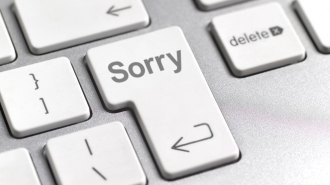 Artificial Intelligence
Artificial IntelligenceCan AI ‘feel’ guilt?
Research based on game theory suggests if we program AI agents with a sense of guilt, they could behave more cooperatively, much like humans do.
-
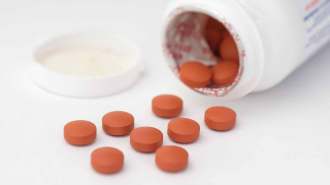 Genetics
GeneticsA common drug may help treat a rare genetic disease
Ibuprofen counters problems caused by mutations in the MAN1B1 gene, fruit fly tests show. Early results in three children are ”fairly positive.”
- Genetics
This snail may hold a secret to human eye regeneration
Golden apple snails can regrow full, functional eyes. Studying their genes may reveal how to repair human eye injuries.
-
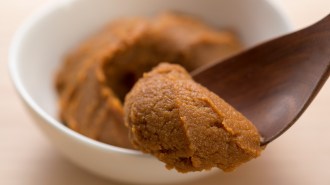 Space
SpaceFermenting miso in orbit reveals how space can affect a food’s taste
A miso test on the International Space Station shows fermenting food is not only possible in space, it adds nuttier notes to the Japanese condiment.
-
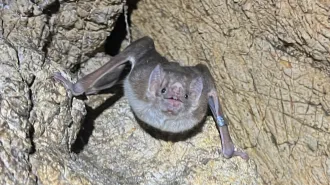 Animals
AnimalsBats might be the next bird flu wild card
Finding that vampire bats along Peru’s coast carried H5N1 antibodies raises concerns that multiple bat species could become reservoirs for the virus.
By Jane Qiu -
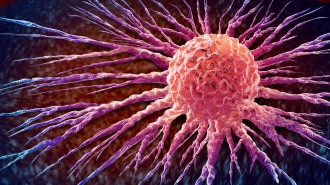 Health & Medicine
Health & MedicineThe spread of breast cancer may be inherited
A variant of PCSK9, a gene involved in raising cholesterol, may spur metastasis. An approved antibody might stop it.
-
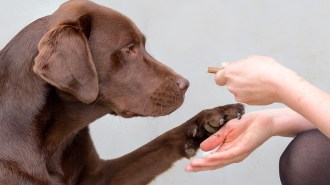 Animals
AnimalsHow a Labrador retriever’s genes might affect the dog’s obesity risk
Understanding the genetics of Labrador retriever obesity may help dog owners mitigate their best friend’s weight gain.
By Alex Viveros -
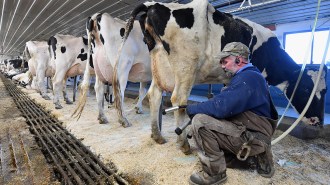 Health & Medicine
Health & MedicineWhat bird flu experts are watching for in 2025
Since early 2024, the U.S. has logged 66 human cases of H5N1. Scientists are keeping a watchful eye on the virus’s spread as we enter a new year.